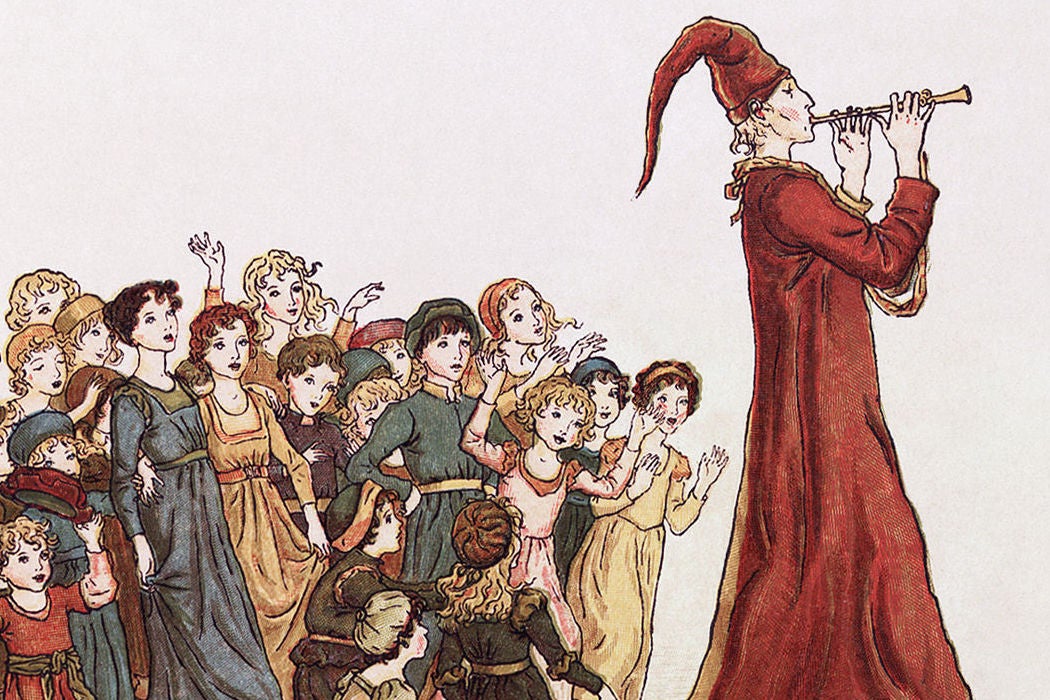What does it look like when a country turns against a large, well-integrated immigrant population? Historian Paul J. Ramsey offers one answer, looking at Indianapolis 100 years ago, when World War I disrupted the city’s relationship with German-American culture.
In 1910, 31,000 of Indianapolis’s 234,000 residents had either immigrated from Germany or Austria themselves or had parents who had. Adding in people whose families had immigrated in earlier generations, one historian estimated that about a third of the city’s residents had ancestry in Germany. The city was home to German churches and social clubs, as well as several German-language newspapers. In the early twentieth century, German-Americans became the city’s mayor, police chief, and sheriff.
In the city’s schools, students could study German starting in the second grade and continuing through high school. The schools also offered classes on German fairy tales, and high school students studied famous German writers. In the 1880’s and 1890’s, these programs ran into some opposition from nativists, but opposition didn’t ramp up dramatically until the U.S. entered World War I.
When American troops headed to Europe, hostility to all things German intensified across the country. Anti-German culture warriors argued that “German-language schooling was part of a policy of Kulturpolitik by which Germany had for years worked to pacify the world’s citizens and to make them obedient to the Vaterland,” Ramsey writes.
In fact, Ramsey writes, there really were some German-Americans in Indianapolis who supported their ancestral country in the conflict. Before the U.S. joined the war, a few Germans in Indianapolis even tried to join the German army. But once the nation was at war, the majority of the city’s German-American community rallied behind it. The biggest local German-language daily paper, the Telegraph und Tribüne, ran advertisements for liberty bonds insisting that “Uncle Sam needs your money! He has helped you. Now is the time to help him.”
Nonetheless, at the 1917 annual meeting of the Indiana State Teachers Association, a state senator remarked that “there are no real German-Americans today; they all ought to be Americans.” That same year, Indiana University professor James Woodburn warned the teachers’ association that German rulers “have filled our land with spies.”
Early in 1918, the school board suddenly ended all German-language instruction at the city’s elementary schools. A few months later, the Telegraph und Tribüne was forced to shut down because, as it wrote in one of its final issues, “a pronounced prejudice has arisen in this country against everything printed or written in the German language.”
The U.S. and its allies defeated Germany that November, but that didn’t put an end to the anti-German efforts in Indiana. A 1919 state law banned teaching of the language in public, private, or parochial elementary schools statewide, threatening violators with a fine of up to $100 and/or six months in jail.
Eventually, of course, most German-Americans in Indianapolis and elsewhere became completely integrated into the white American population. But widespread suspicion of other languages and cultures found new targets.







